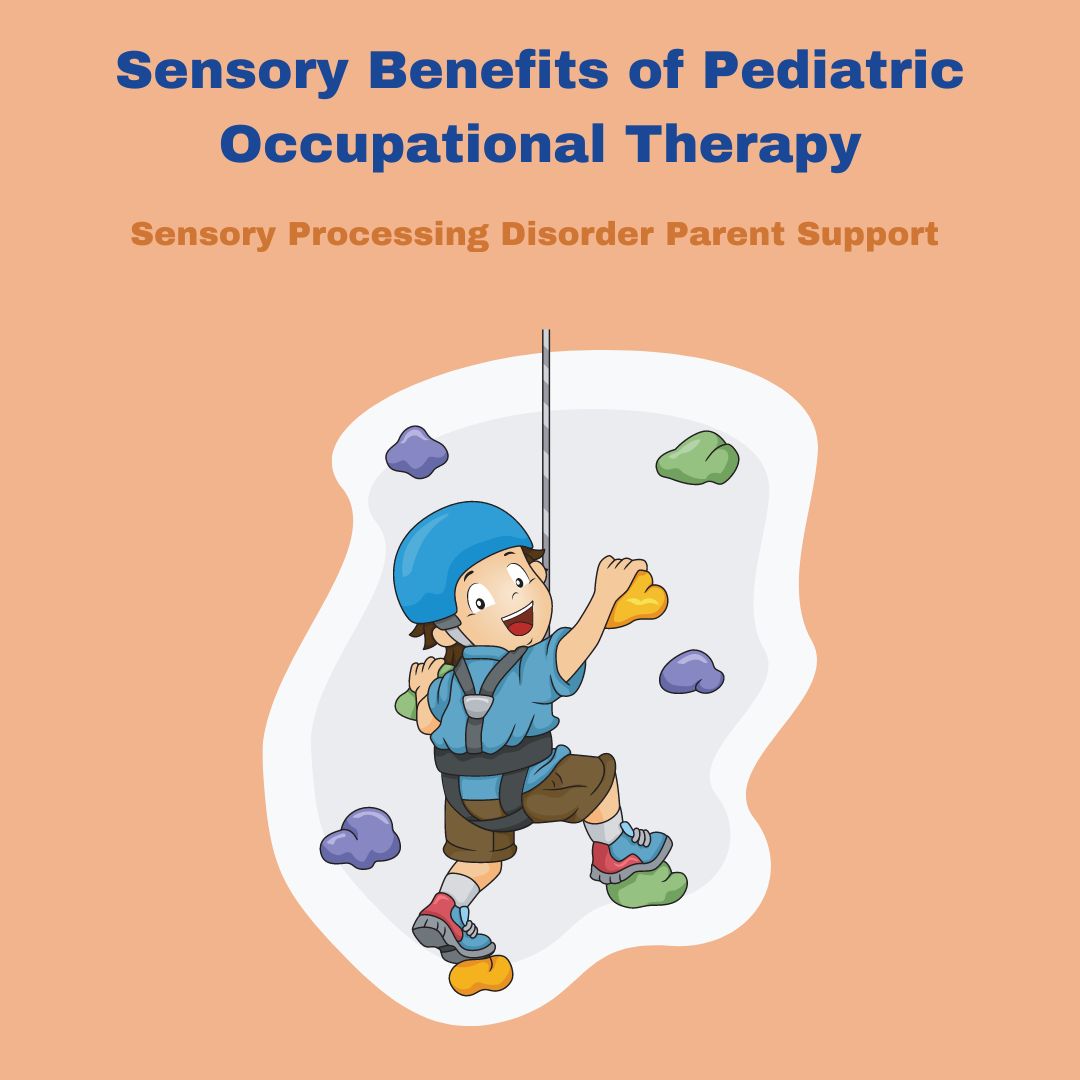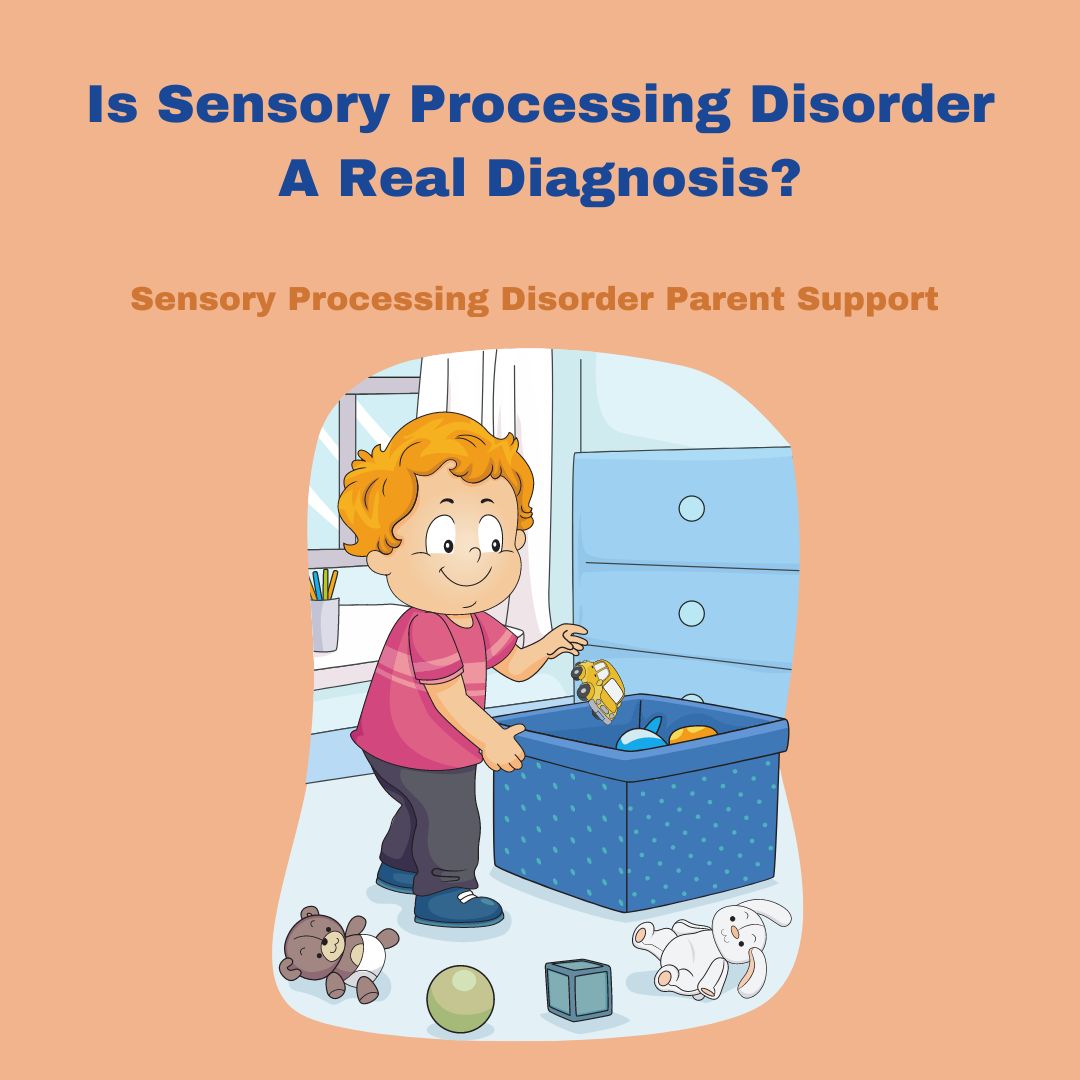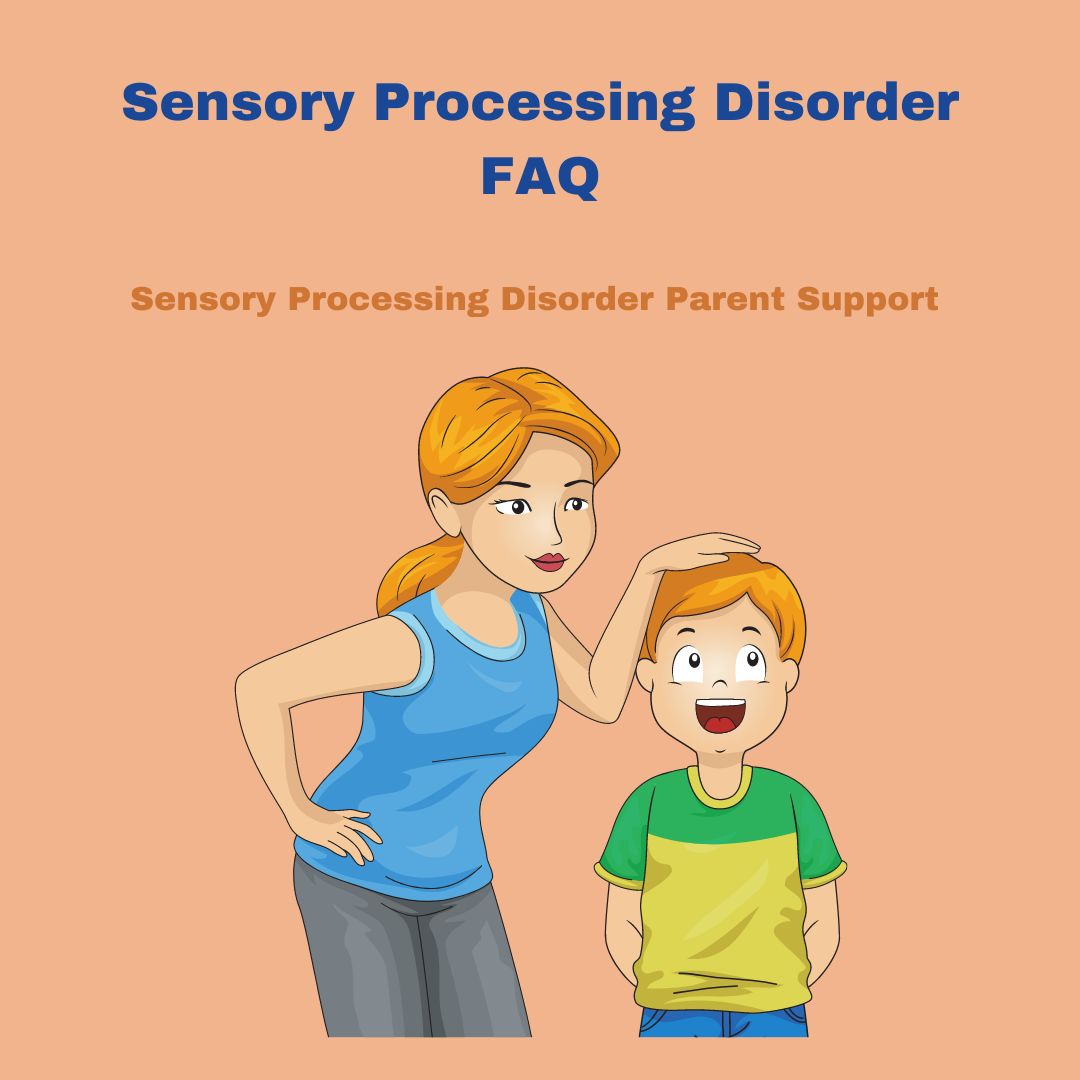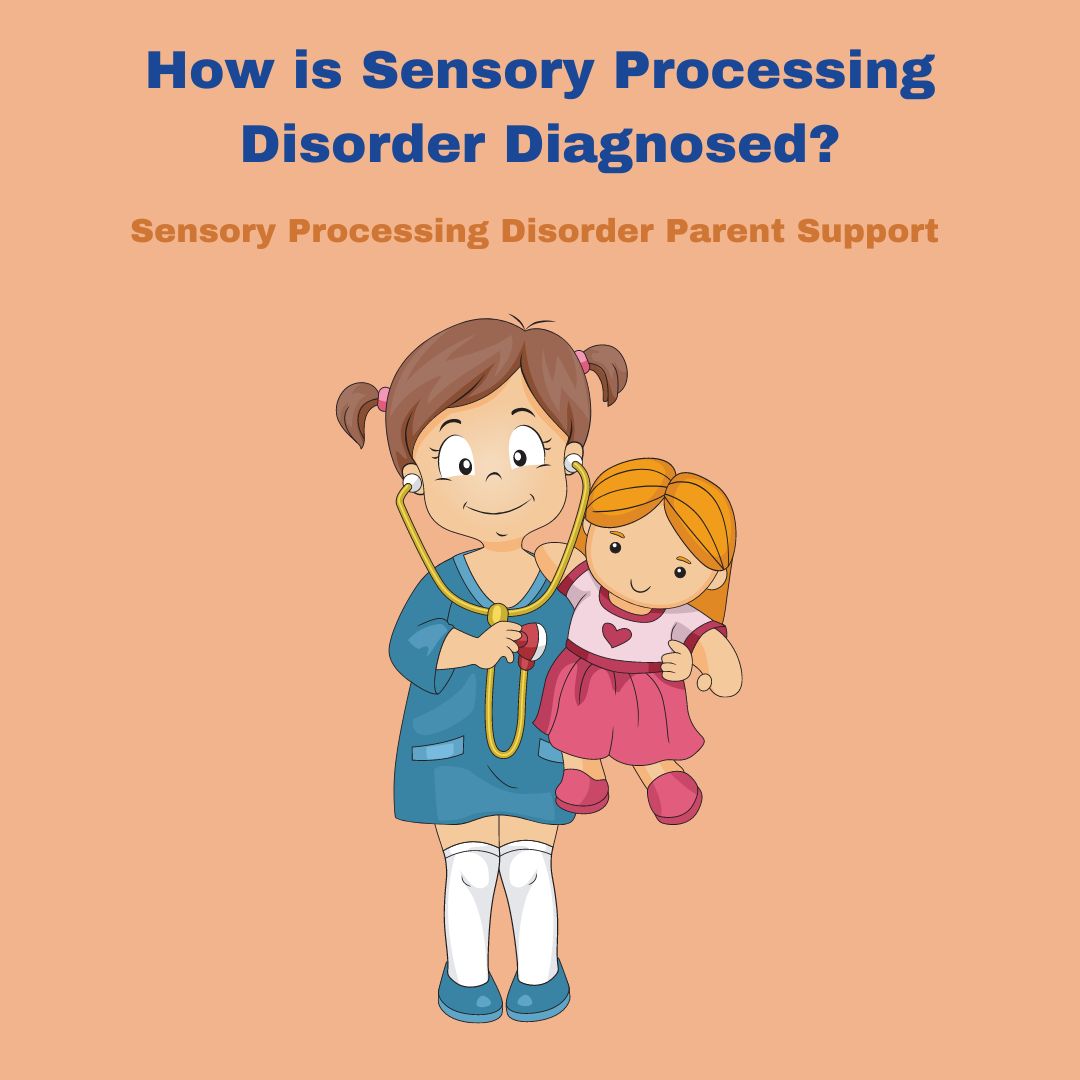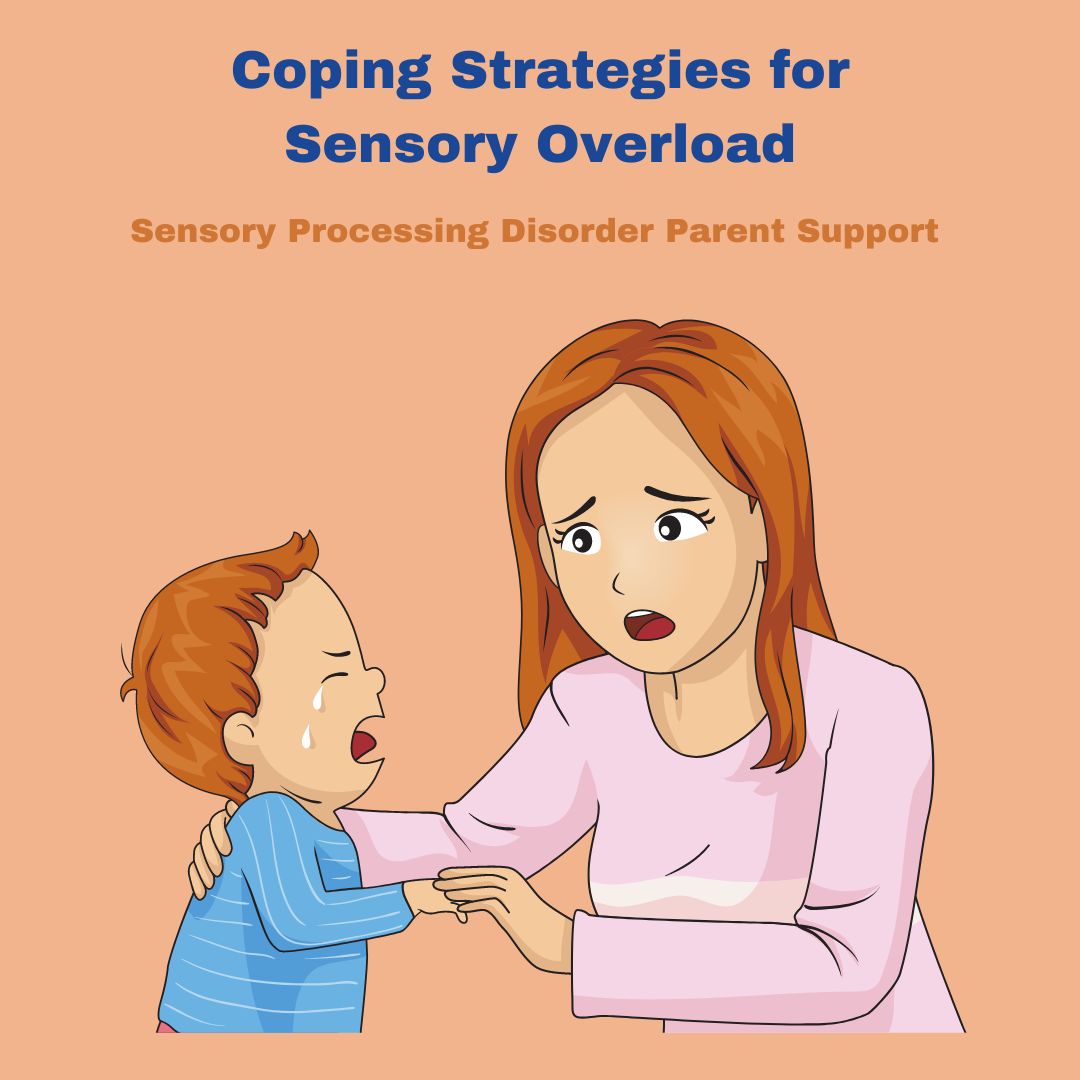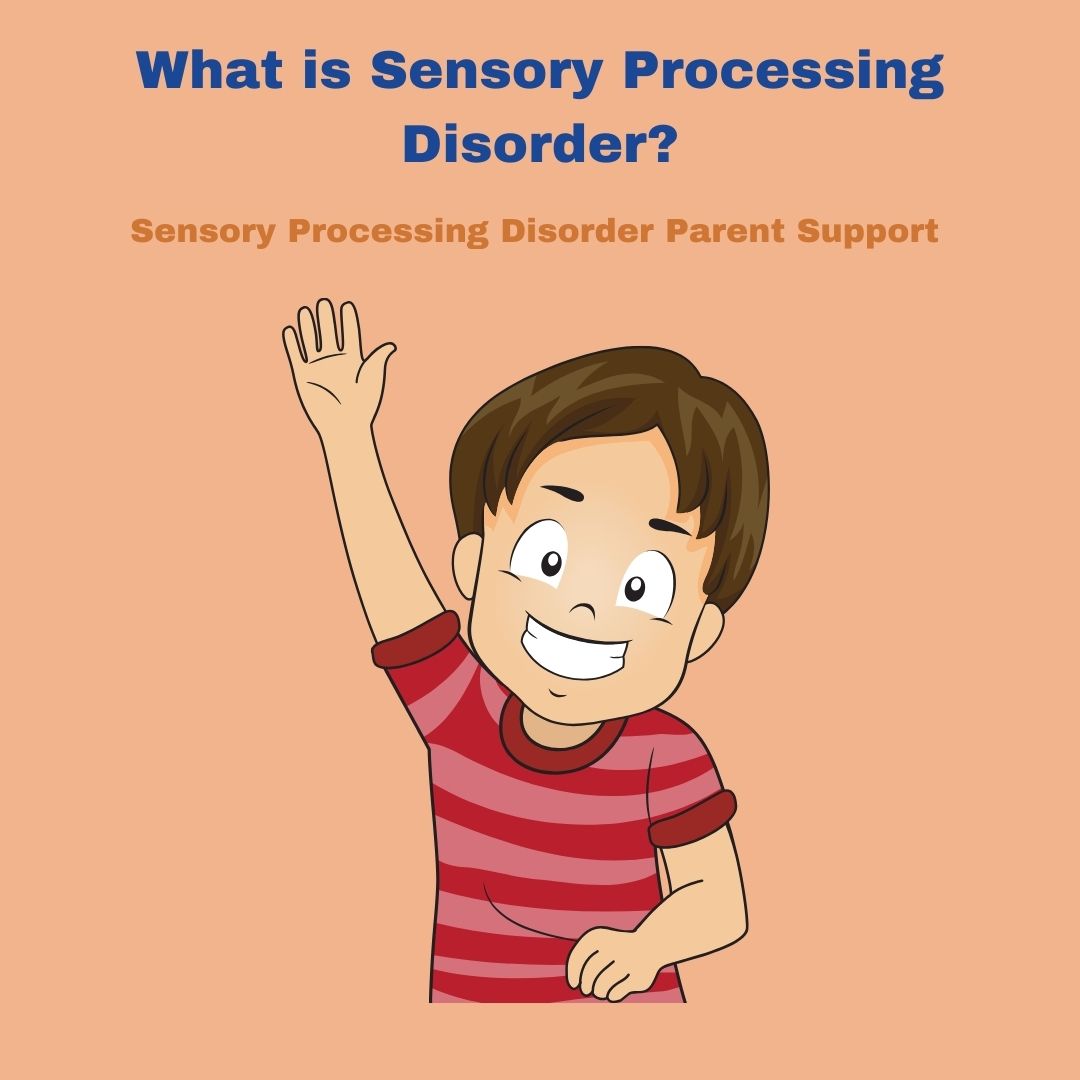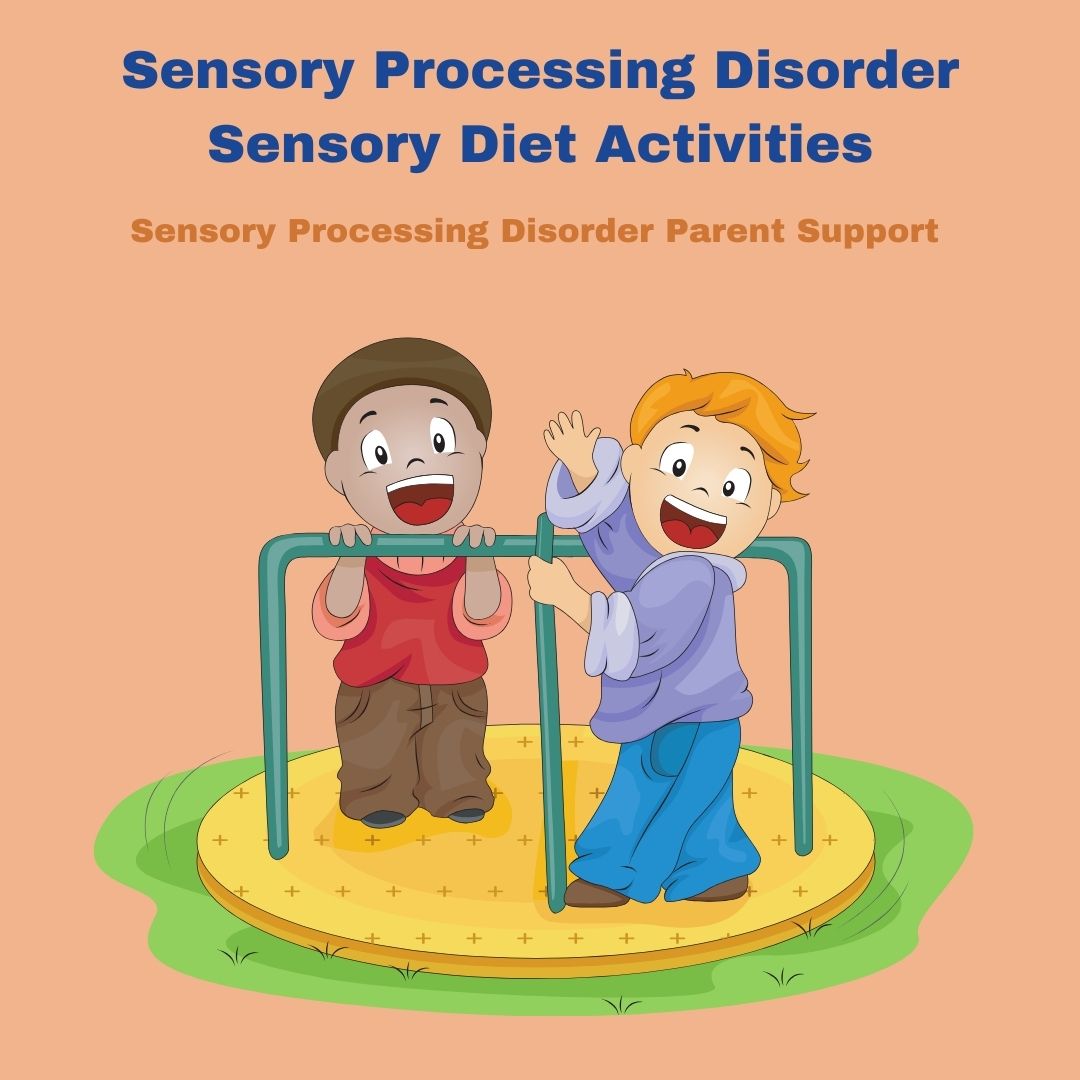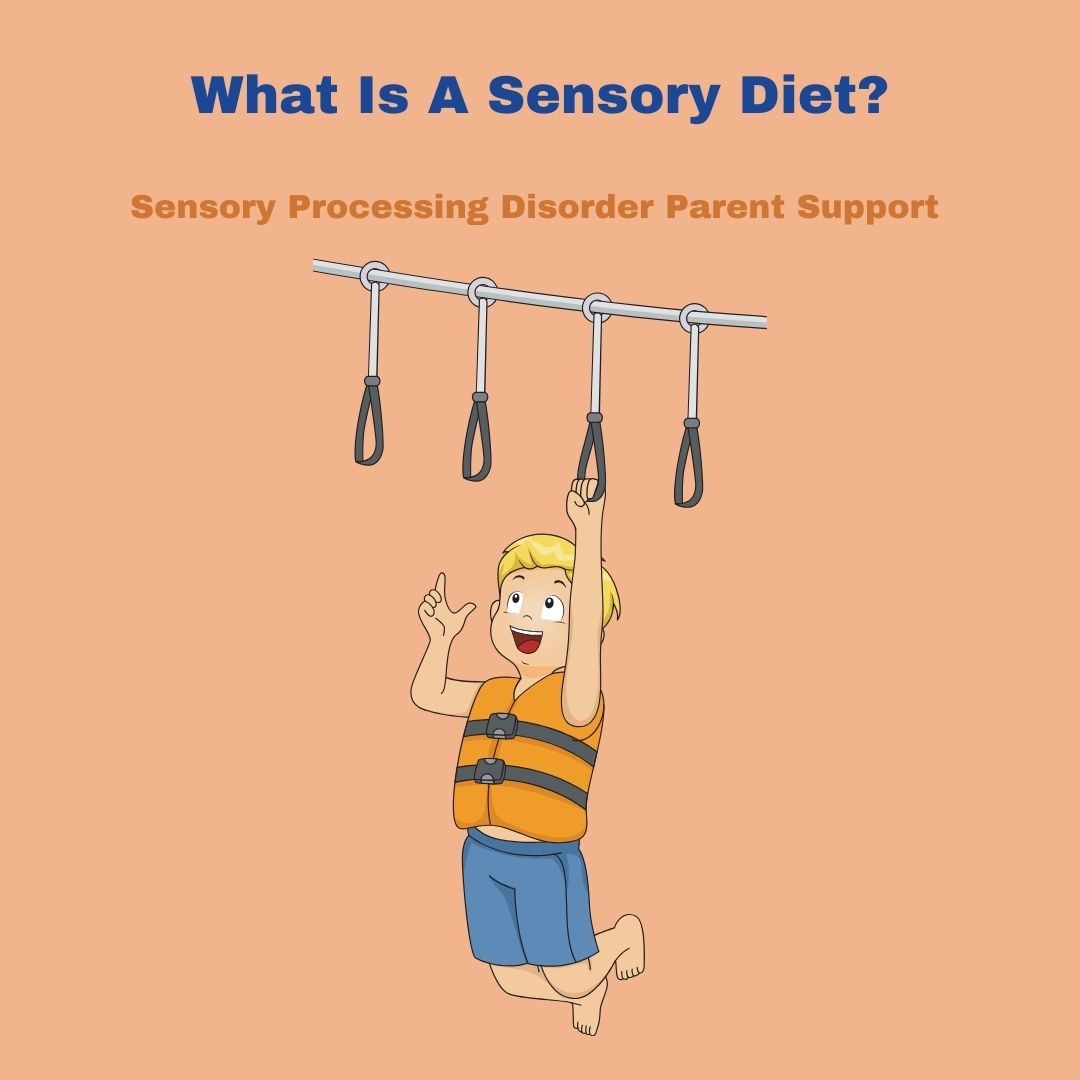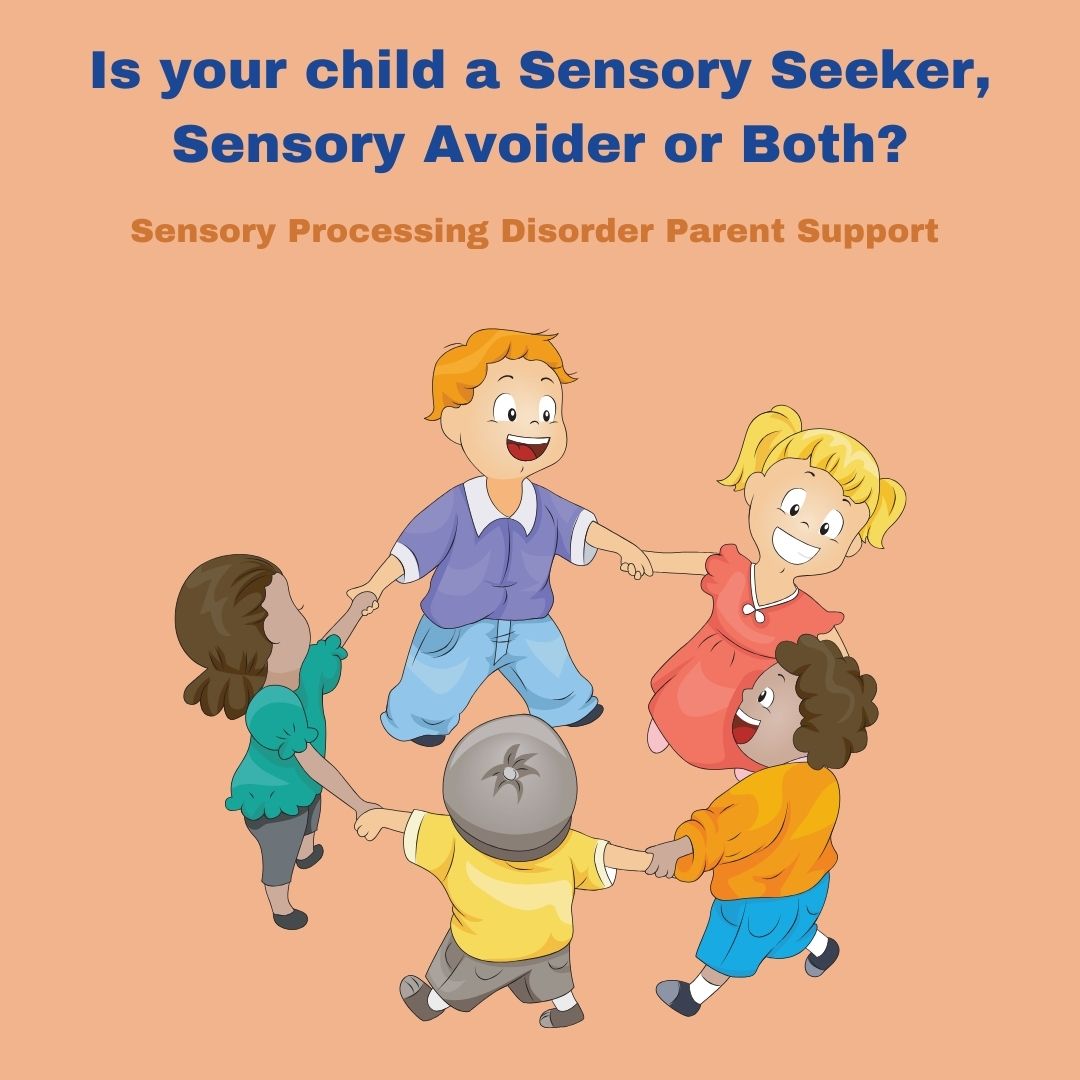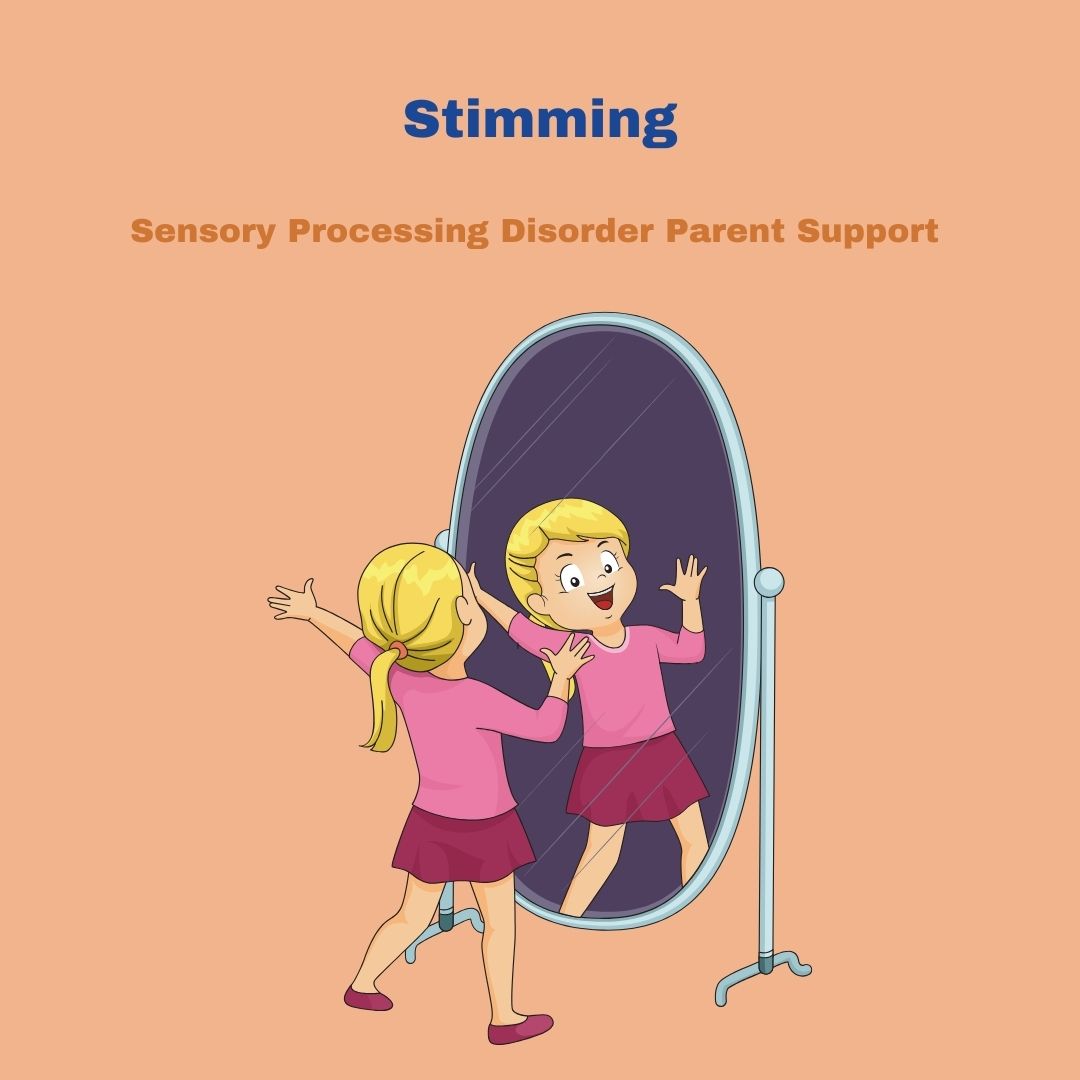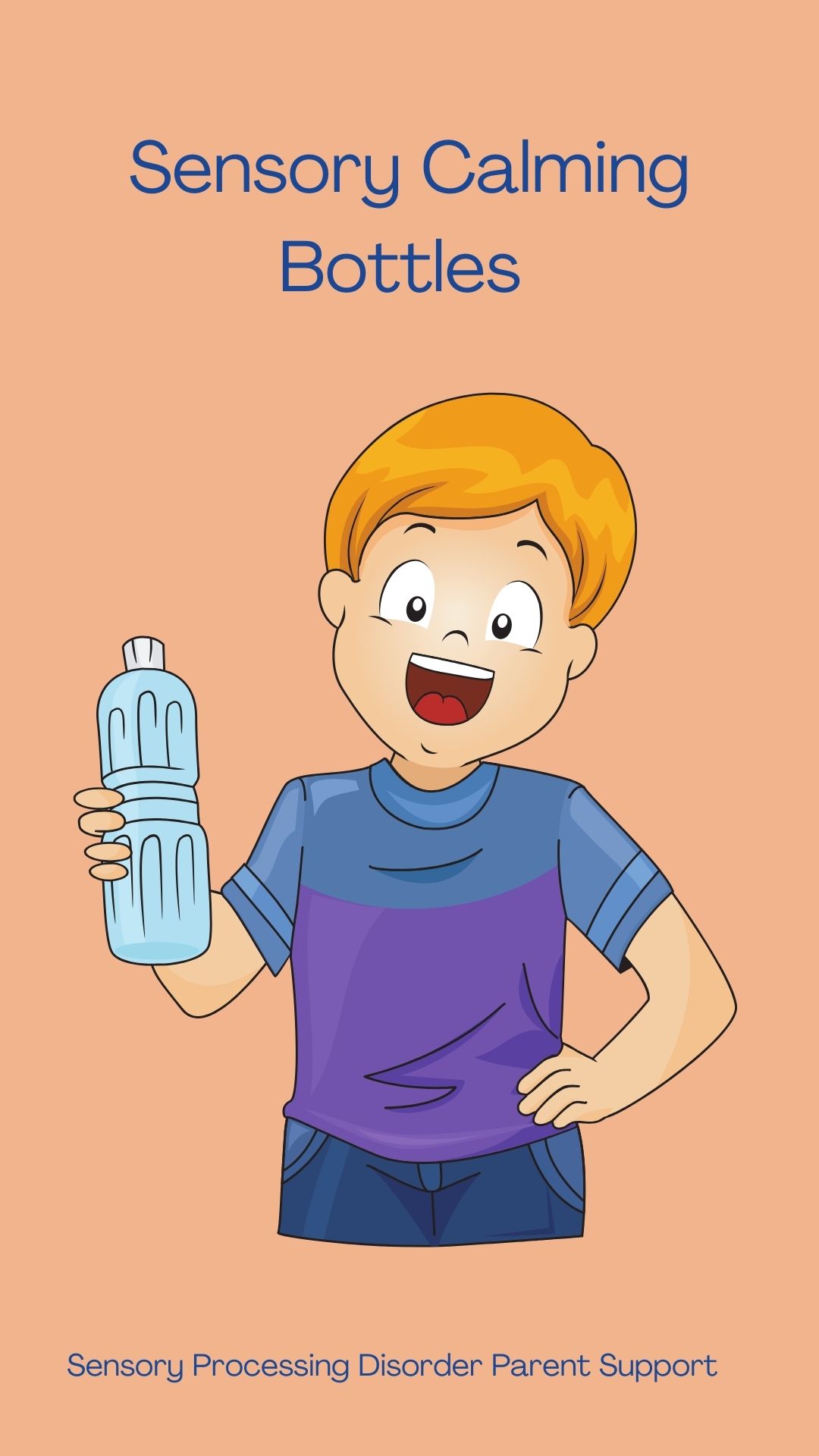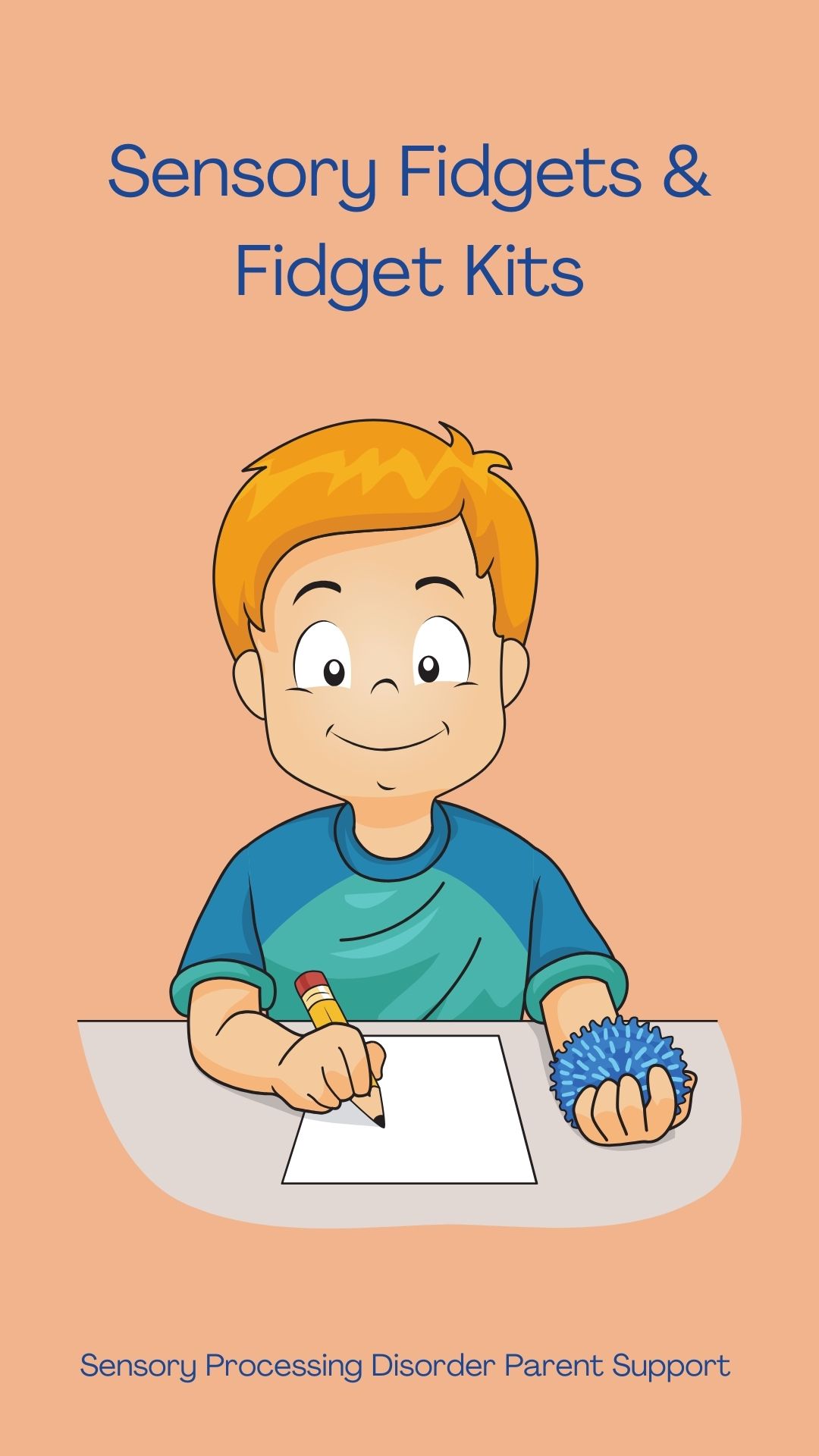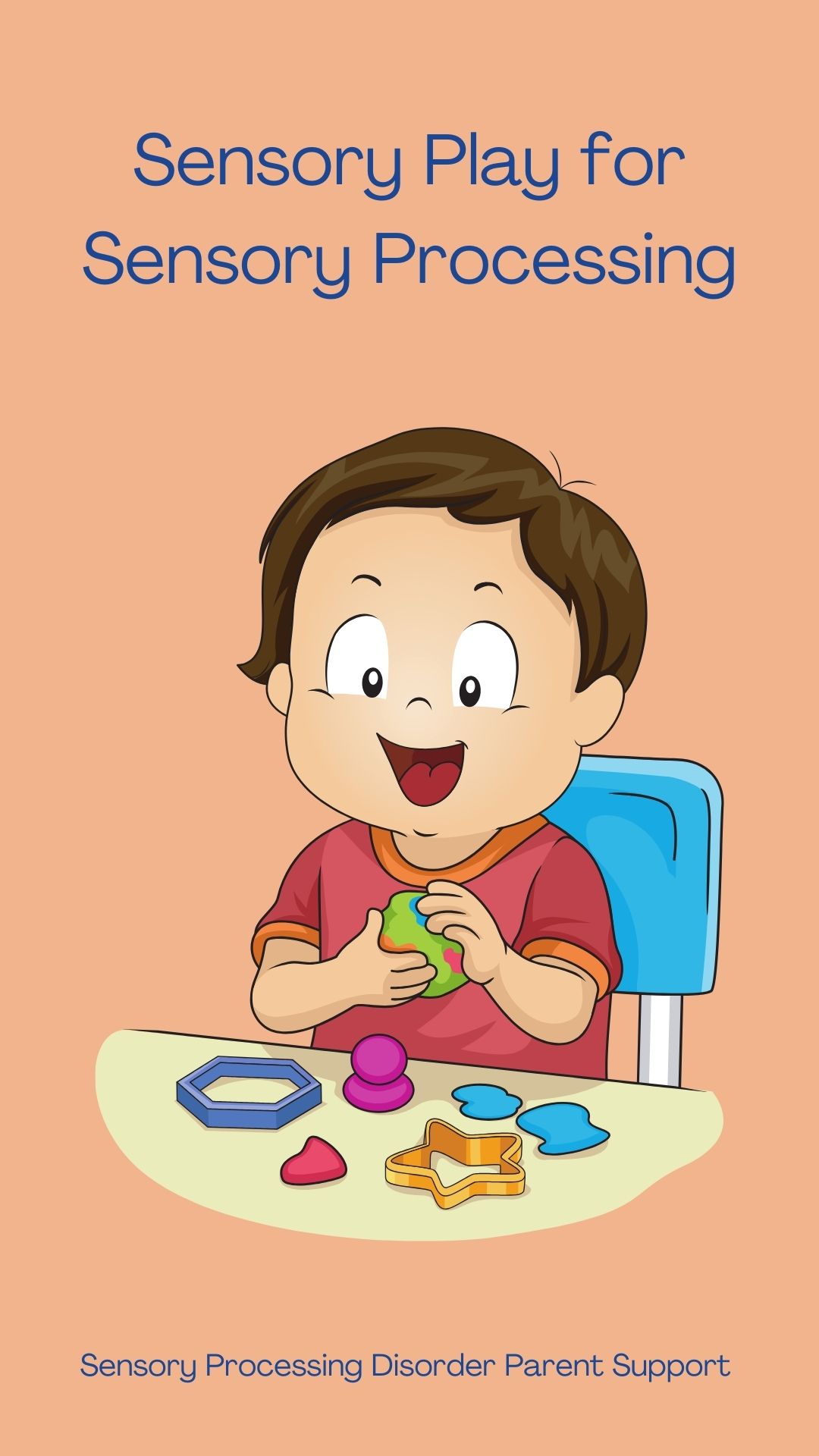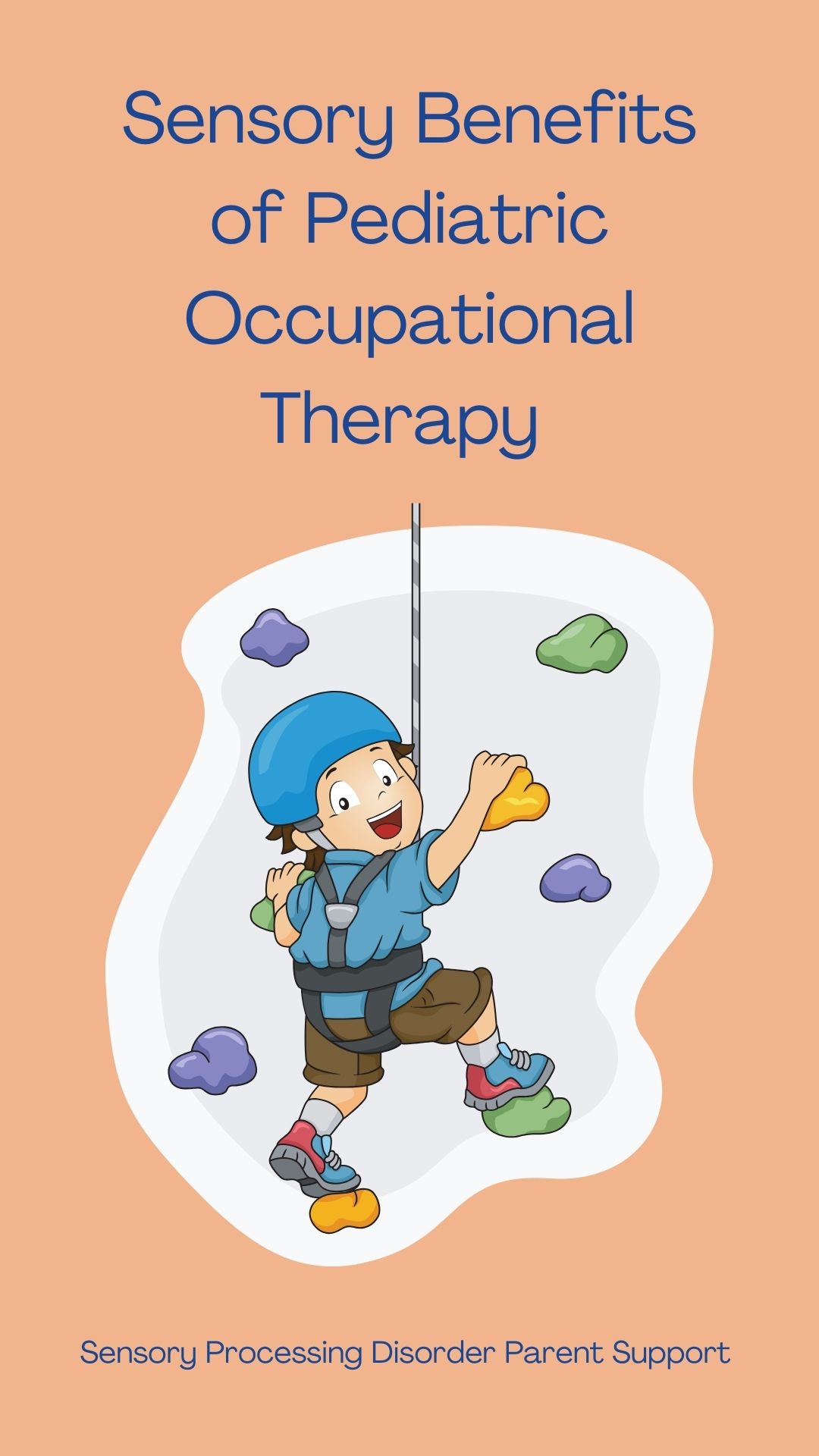
Sensory Processing Disorder Parent Support
Sensory Processing Disorder Explained
Children with sensory differences ... painting the world beautiful.
Sensory Processing Disorder Explained
Jeanette Loftus
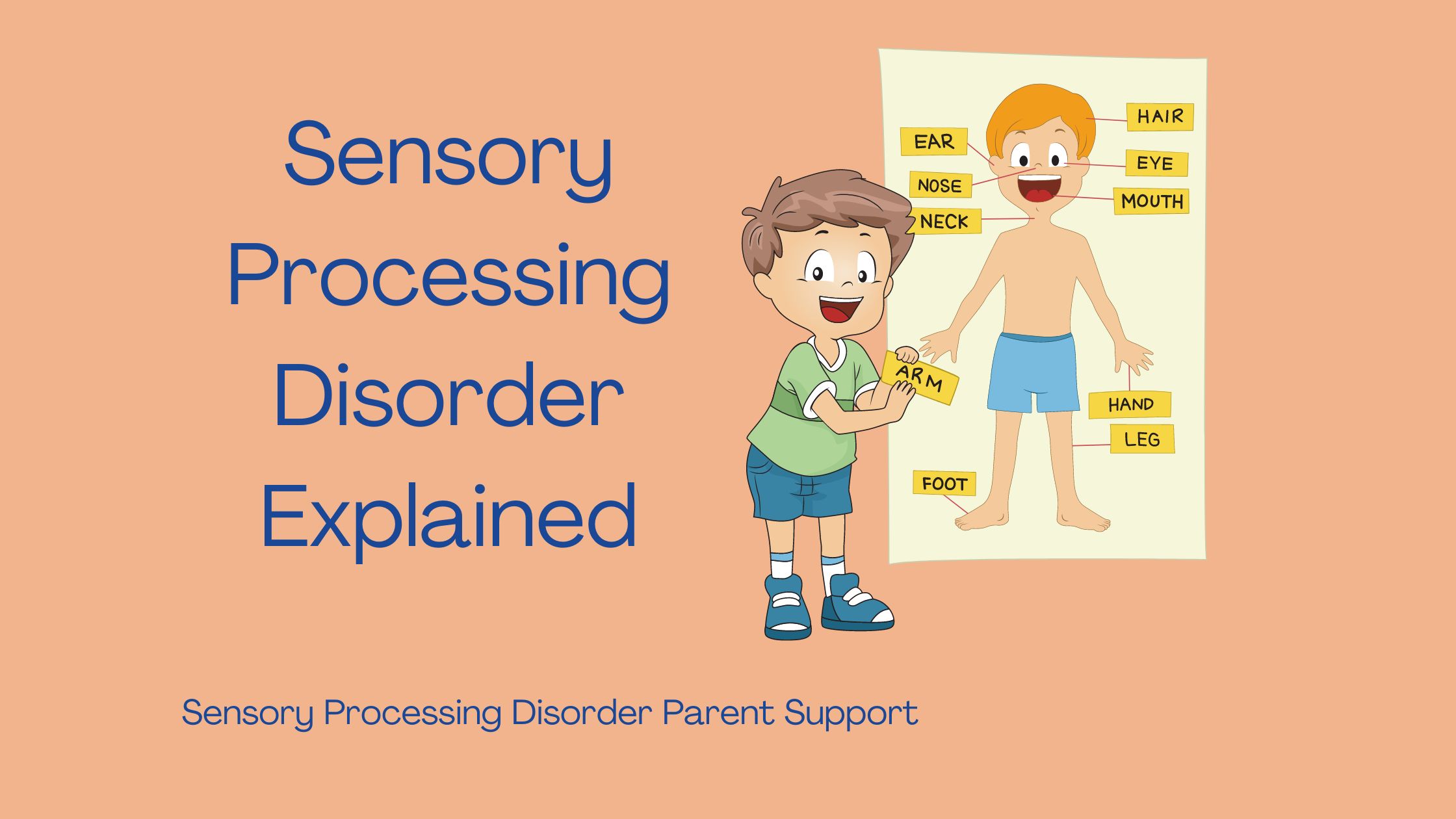
Sensory processing is the way that our brains take in, organize and interpret the sensory input around us in our environments through our senses.
Our eight human senses are sight, sound, touch, taste, smell, interoceptive, proprioception and vestibular.
Children with sensory processing disorder can experience sensory challenges in one or more of their senses.
A child may be hypersensitive (over-responsive) or hyposensitive (under-responsive) to different sensory input. This can lead a child to avoidant or seeking behaviors
It is estimated that 1 in 20 children experience sensory processing disorder, Sensory processing disorder is common but unfortunately a very misunderstood disorder.
I have listed some helpful sensory processing disorder links below to help you learn more about Sensory processing disorder so you're able to better advocate for your child and understand sensory processing disorder.
Hypersensitive children may be sensitive to different sounds or smells and find them overwhelming. This can cause them to feel anxious and have sensory meltdowns. Hyposensitive children tend to want to seek out sensory input and they are usually always touching or jumping. They are always seeking higher levels of stimulation to feel regulated.
Sensory processing disorder is different for everyone and the symptoms that each child will experience may be a very different experience than the other children around them who struggle with sensory processing disorder. There are some children that may struggle severely in all areas of sensory processing but other children may have only a few mild difficulties with different senses.
Sensory processing difficulties can have a significant impact on a child’s life. They may find it very challenging to participate in activities. It can be difficult for them to brush their teeth, get dressed or tolerate the noise level around them.
If you think that your child may be struggling with sensory processing disorder it is important to seek help from a professional as early as possible. Early intervention can make a significant difference to improve a child’s sensory processing disorder.
Occupational Therapy can be a very effective treatment for sensory processing disorder. A trained occupational therapist can provide your child with a sensory diet, A sensory diet will focus on regulation and sensory activities to help a child better process sensory input.
A sensory diet are sensory activities and strategies that are scheduled throughout the day to help a child cope with their sensory processing disorder. A sensory diet includes activities such as swinging, jumping, or deep pressure. A sensory diet can provide your child with the necessary input to help a child feel more regulated.
